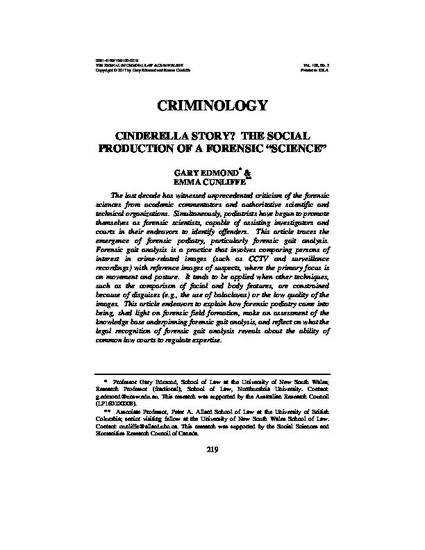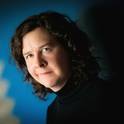
- forensic podiatry,
- forensic gait analysis
The last decade has witnessed unprecedented criticism of the forensic sciences from academic commentators and authoritative scientific and technical organizations. Simultaneously, podiatrists have begun to promote themselves as forensic scientists, capable of assisting investigators and courts in their endeavors to identify offenders. This article traces the emergence of forensic podiatry, particularly forensic gait analysis. Forensic gait analysis is a practice that involves comparing persons of interest in crime-related images (such as CCTV and surveillance recordings) with reference images of suspects, where the primary focus is on movement and posture. It tends to be applied when other techniques, such as the comparison of facial and body features, are constrained because of disguises (e.g., the use of balaclavas) or the low quality of the images. This article endeavors to explain how forensic podiatry came into being, shed light on forensic field formation, make an assessment of the knowledge base underpinning forensic gait analysis, and reflect on what the legal recognition of forensic gait analysis reveals about the ability of common law courts to regulate expertise.
